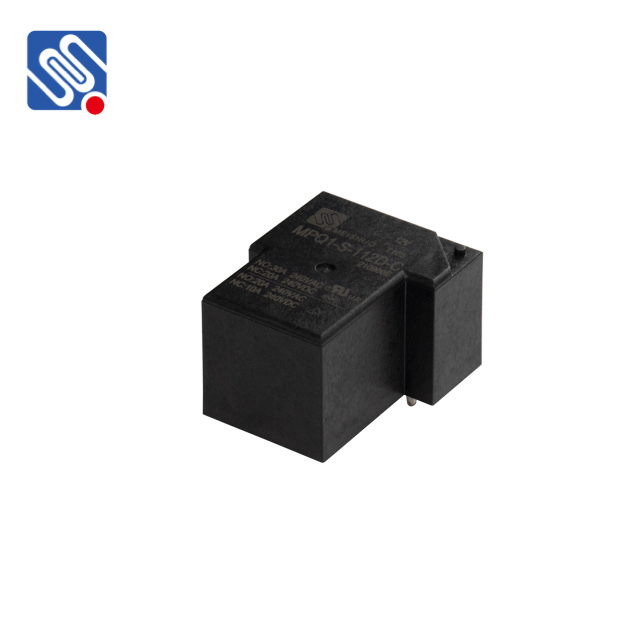A 12V DC relay is an essential component in many electrical and electronic systems, used to control the switching of circuits. This versatile device functions by using an electromagnetic coil to actuate a mechanical switch, allowing it to control high-voltage or high-current loads with a low-voltage DC signal. In this article, we will explore the working principles, key components, types, and applications of the 12V DC relay.

Working Principle of a 12V DC Relay At its core, a relay is an electromechanical device that opens or closes contacts based on an electrical input. When a voltage is applied to the relay’s coil, it creates a magnetic field. This magnetic field pulls an armature that connects or disconnects the contacts, thus controlling the flow of current in the circuit. For a 12V DC relay, the coil is powered by a 12V DC voltage, which energizes the coil and activates the switch mechanism. When the relay is energized, the contacts inside the relay change state. These contacts can either be Normally Open (NO), meaning they are open when the relay is unpowered and close when the relay is energized, or Normally Closed (NC), meaning they are closed when the relay is unpowered and open when energized. The third connection is the Common (COM), which acts as the point of switching between NO and NC contacts.